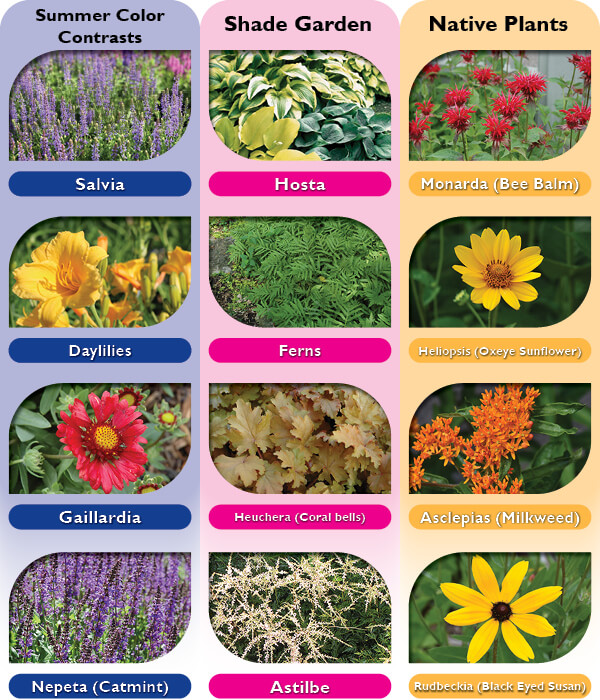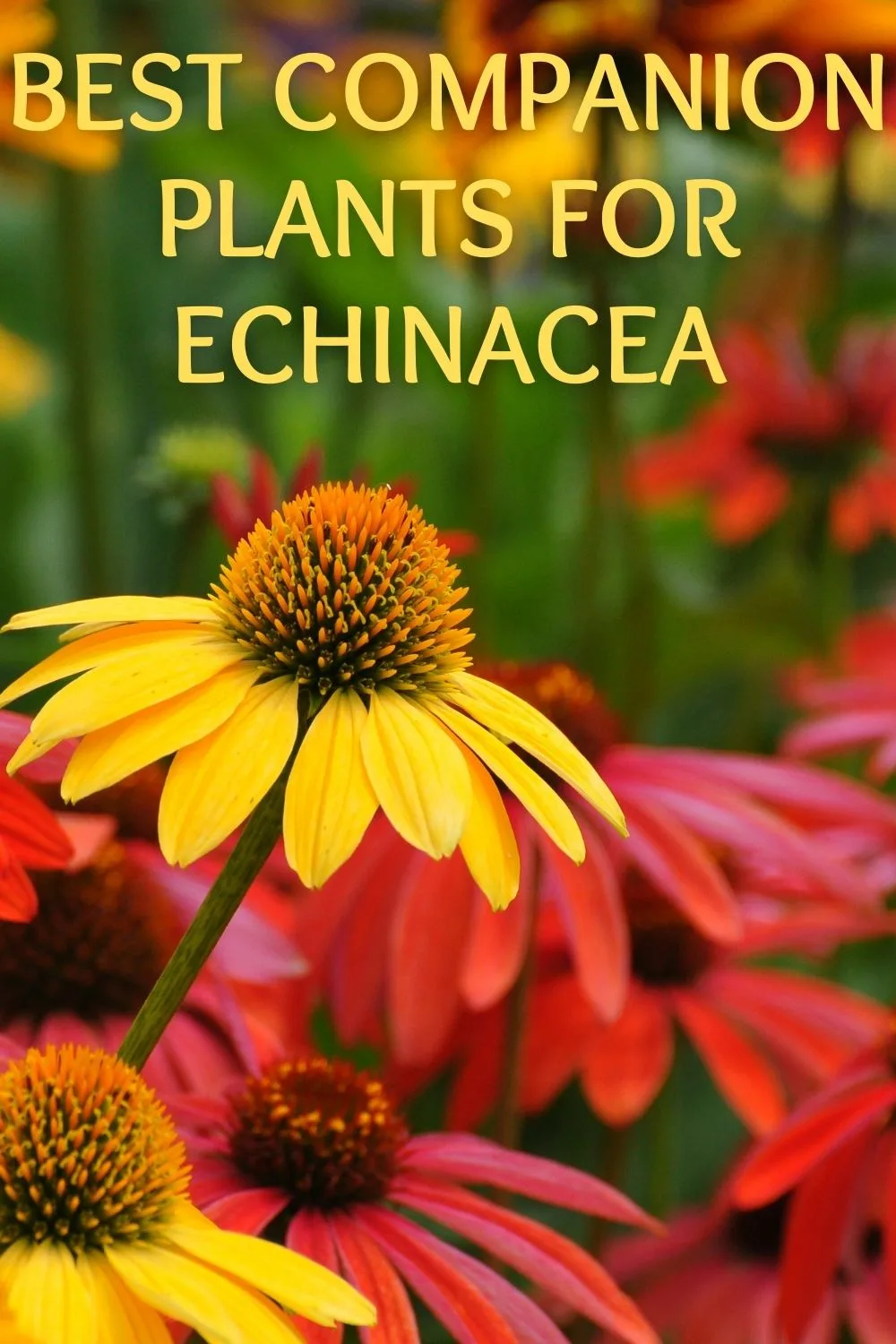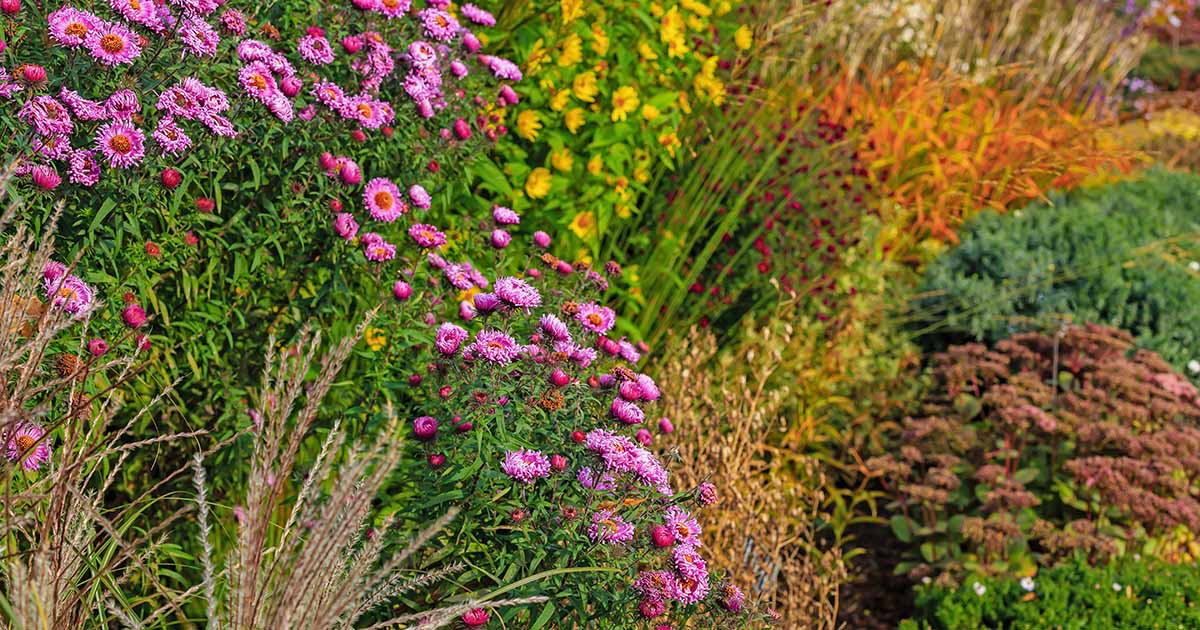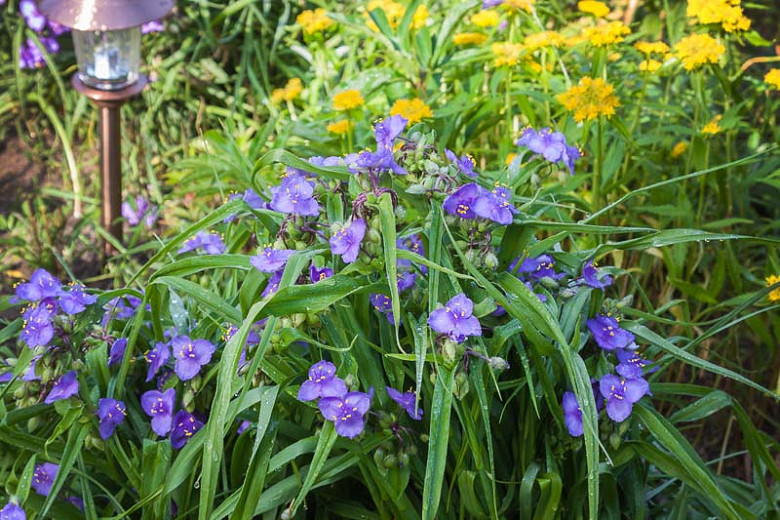Stunning Companion Plants For Rudbeckia: Create A Beautiful And Pollinatorfriendly Garden
Stunning Companion Plants for Rudbeckia: Create a Beautiful and Pollinator-Friendly Garden
Rudbeckia is a genus of flowering plants in the sunflower family, Asteraceae. It is native to North America and includes over 100 species. Rudbeckia plants are known for their daisy-like flowers, which come in a variety of colors, including yellow, orange, and red. They are also known for their long bloom time, which can last from summer to fall.
Rudbeckia plants are a great addition to any garden, but they are especially beneficial for pollinators. The bright colors of the flowers attract bees, butterflies, and other insects, which help to pollinate the plants. In addition, the nectar and pollen from rudbeckia plants are a valuable food source for pollinators.
If you are looking to create a beautiful and pollinator-friendly garden, rudbeckia is a great choice. Here are some of the best companion plants for rudbeckia:
- Monarda (Bee Balm): Monarda is a beautiful and fragrant herb that is also a great pollinator plant. It attracts bees, butterflies, and hummingbirds, and it also helps to repel pests. Monarda and rudbeckia have similar growing requirements, so they make a great pair.

- Echinacea (Coneflower): Echinacea is another popular pollinator plant that is native to North America. It comes in a variety of colors, including pink, purple, and white. Echinacea and rudbeckia have similar flower shapes, so they make a great visual pairing.

- Coreopsis (Tickseed): Coreopsis is a bright yellow flower that is a favorite of pollinators. It is also a very easy plant to grow, and it can tolerate a variety of soil conditions. Coreopsis and rudbeckia complement each other's colors, creating a stunning garden display.

- Aster (Michaelmas Daisy): Aster is a late-blooming perennial that comes in a variety of colors, including purple, pink, and white. It is a great choice for adding late-season color to your garden. Aster and rudbeckia have similar growing requirements, so they make a good companion plant pair.

- Salvia (Sage): Salvia is a beautiful and fragrant herb that is also a great pollinator plant. It comes in a variety of colors, including blue, purple, and pink. Salvia and rudbeckia have similar growing requirements, so they make a great pair.

- Yarrow (Achillea millefolium): Yarrow is a hardy perennial that is known for its daisy-like flowers. It is a great choice for adding structure and texture to your garden. Yarrow and rudbeckia have similar growing requirements, so they make a good companion plant pair.

When choosing companion plants for rudbeckia, it is important to consider the plant's height, bloom time, and water requirements. Rudbeckia plants can grow up to 3 feet tall, so it is important to choose companion plants that will not outgrow them. It is also important to choose companion plants that bloom at the same time as rudbeckia, so that you will have a continuous display of flowers throughout the season.
By choosing the right companion plants for rudbeckia, you can create a beautiful and pollinator-friendly garden that will provide you with years of enjoyment.
Rudbeckia are beautiful, sun-loving flowers that can add a splash of color to any garden. But did you know that there are some plants that can make rudbeckia even more beautiful? That's right, companion planting can help to boost the health and flowering of rudbeckia, and it can also attract beneficial insects to your garden.
So, what are some good companion plants for rudbeckia? Here are a few suggestions:
- Monarda (bee balm): This herb is a great companion for rudbeckia because it attracts pollinators, such as bees and butterflies. It also has similar water and soil requirements as rudbeckia.
- Yarrow (Achillea millefolium): This hardy perennial is another good choice for companion planting with rudbeckia. It helps to deter pests and diseases, and it also has a long blooming period that overlaps with rudbeckia.
- Coreopsis (tickseed): This daisy-like flower is a perfect companion for rudbeckia because it has similar colors and bloom times. It also helps to attract pollinators, and it's relatively easy to care for.
If you're looking for more information about rudbeckia companion plants, I recommend visiting Garden Wiki. This website has a comprehensive list of companion plants for rudbeckia, as well as tips on how to plant and care for these beautiful flowers.
FAQ of rudbeckia companion plants
Question 1: What are some good companion plants to grow with Rudbeckia?
Answer: Some good companion plants to grow with Rudbeckia include:
- Artemisia: This drought-tolerant herb helps to repel pests and diseases from rudbeckia.
- Aster: These daisy-like flowers bloom at the same time as rudbeckia, creating a long season of interest in the garden.
- Grasses: The tall, airy foliage of grasses helps to give rudbeckia some height and structure.
- Helianthus: These sunflowers provide a complementary color scheme to rudbeckia, and they attract pollinators to the garden.
- Boltonia: This daisy-like flower has a similar growth habit to rudbeckia, and it blooms at the same time.
Question 2: What are the benefits of companion planting with rudbeckia?
Answer: There are several benefits to companion planting with rudbeckia, including:
- Attracting pollinators: Rudbeckia is a magnet for pollinators, such as bees, butterflies, and hummingbirds. These pollinators help to pollinate other plants in the garden, which can lead to a better harvest.
- Reducing pest pressure: Some companion plants, such as artemisia, help to repel pests and diseases from rudbeckia. This can help to keep your rudbeckia healthy and free of problems.
- Creating a more diverse garden: Companion planting helps to create a more diverse garden, which is beneficial for both plants and wildlife. A diverse garden is more resistant to pests and diseases, and it provides a more varied habitat for pollinators and other wildlife.
Question 3: What are some plants that should not be planted near Rudbeckia?
Answer: There are a few plants that should not be planted near rudbeckia, including:
- Marigolds: Marigolds can compete with rudbeckia for water and nutrients.
- Nightshade: Nightshade can harbor pests and diseases that can harm rudbeckia.
- Potatoes: Potatoes can harbor a disease called potato blight, which can also harm rudbeckia.
- Tomatoes: Tomatoes can compete with rudbeckia for water and nutrients.
Question 4: How far apart should Rudbeckia plants be planted?
Answer: Rudbeckia plants should be planted about 18 inches apart. This will give them enough space to grow and spread without crowding each other.
Question 5: When is the best time to plant Rudbeckia?
Answer: Rudbeckia can be planted in the spring or fall. Spring planting is recommended for cold-climate gardeners, as it gives the plants more time to establish before the first frost. Fall planting is recommended for warm-climate gardeners, as it allows the plants to get a head start on the spring growing season.
Image of rudbeckia companion plants
5 different images of "rudbeckia companion plants" from Pinterest:
- Monarda: This herb is a great companion for rudbeckia because it attracts pollinators and deters pests. It also has similar flowering times, so the two plants will bloom together.

- Spiderwort: This perennial wildflower is another good choice for companion planting with rudbeckia. It has blue or purple flowers that complement the yellow flowers of rudbeckia.

- Flowering spurge: This plant is a member of the spurge family and has yellow flowers that bloom in the summer. It is a good companion for rudbeckia because it attracts pollinators and helps to suppress weeds.

- Little bluestem: This grass is native to North America and has blue-green leaves and feathery blooms. It is a good companion for rudbeckia because it provides contrast in height and texture.
- Purple prairie clover: This wildflower is native to North America and has purple flowers that bloom in the summer. It is a good companion for rudbeckia because it attracts pollinators and helps to prevent erosion.


Post a Comment for " Stunning Companion Plants For Rudbeckia: Create A Beautiful And Pollinatorfriendly Garden "